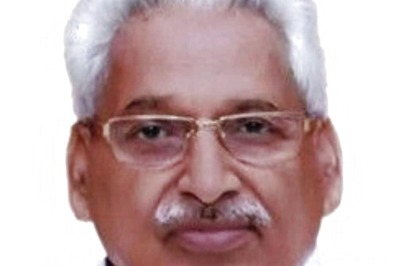
views
Customers will finally get behind the wheels of Model 3 cars on Friday as Tesla tries to veer from its high-end image with a more affordable electric car. Tesla founder and boss Elon Musk planned to mark the occasion with a ceremony at the company's plant in the city of Fremont near San Francisco.
An initial batch of 30 Model 3 cars was expected to go mainly to Tesla employees. Production of the electric car aimed at the broader market -- with a price of $35,000 -- will ramp up quickly, Musk said, with 100 in August and 1,500 or more in September. Tesla aims to produce 5,000 units of the Model 3 a week this year, and 10,000 units a week in 2018.
The mid-range model is a crucial piece of Musk's ambitions to transform Tesla into a large-scale vehicle manufacturer. It will allow the firm, started in 2003, to produce about 500,000 vehicles in 2018 and a million by 2020.
California-based Tesla currently sells only two luxury models of its electric vehicles: the "Model S" sedan and the "Model X" SUV whose base price starts at around $80,000. It produced only 84,000 cars in 2016.
The Model 3 sparked such strong demand that customers placing orders now are told they can expect delivery sometime in mid-2018.
The rush of pre-orders allowed Tesla to recently become the biggest US car company in terms of market capitalization, despite the fact that General Motors (GM) and Ford produce millions of cars per year and Tesla has yet to make a profit.
Musk, who also runs cosmic transport firm SpaceX and tunnel drilling enterprise The Boring Company, wrote in Tesla's early years that the strategy was to enter the car market at the high-end, then push prices down and volume up with subsequent models.
Combined sales of Model S and Model X vehicles in the first half of this year were estimated to tally from 47,000 to 50,000.
By comparison, Germany-based Volkswagen and Toyota in Japan Toyota each sell more than 10 million cars per year.
- Smaller and simpler -
Success with the Model 3 could ease concerns about the ability of Tesla to grow significantly.
Designed to be smaller, simpler, and easier to assemble than its big sisters, the Model 3 is also priced to compete in the heart of the auto market.
The Model 3 offers fewer options than its predecessors but is infused with the same self-driving technology.
The Model 3 battery was designed to keep it going for "at least 215 miles" (345 km) before needing to be recharged, according to Tesla.
The battery in the most powerful Tesla model delivers almost 600 km per charge, the company said.
- Going green -
While most major car makers sell hybrid or electric models, Tesla has carved out a strong niche with the X and S models.
Nearly 400,000 orders have been placed for Model 3 cars, making it a threat to the 'Bolt' electric car made by GM.
The Bolt has been selling so poorly that GM temporarily halted production to ease inventories.
Tesla cars combine the hot industry trends of clean fuel and driverless handling.
Major auto makers and even Silicon Valley giants such as Google and Apple investing in such technologies.
Technological advances mean fossil fuel in cars could be phased out within decades but switching to electric carries its own environmental and economic concerns as more and more countries announce radical plans.
Electric cars are considered clean because they don't burn gasoline or diesel, but there is debate regarding pollution spewed generating electricity for them and what becomes of dead batteries.
Hybrid cars, such as the Toyota Prius launched in 1997, alternate between electricity and gasoline depending on demands put on engines.
Hydrogen has been touted as 100 percent clean fuel for vehicles, releasing only water vapor as waste.
Honda and Toyota sell hydrogen-powered cars, but adoption is challenged by a lack of an extensive network of fueling stations.
Electric cars are at a similar disadvantage when it comes to competing with the ubiquity of gas stations.
Cars powered by green energy are consistent with a concern for the environment seen in Musk's other enterprises.
Musk runs solar energy firm SolarCity, and is building rechargeable batteries to power homes as well as cars.
His Boring Company is part of a vision for near-supersonic rail travel through low-pressure tubes that he laid out in a Hyperloop white paper he made open to other entrepreneurs.
Also Watch:



















Comments
0 comment